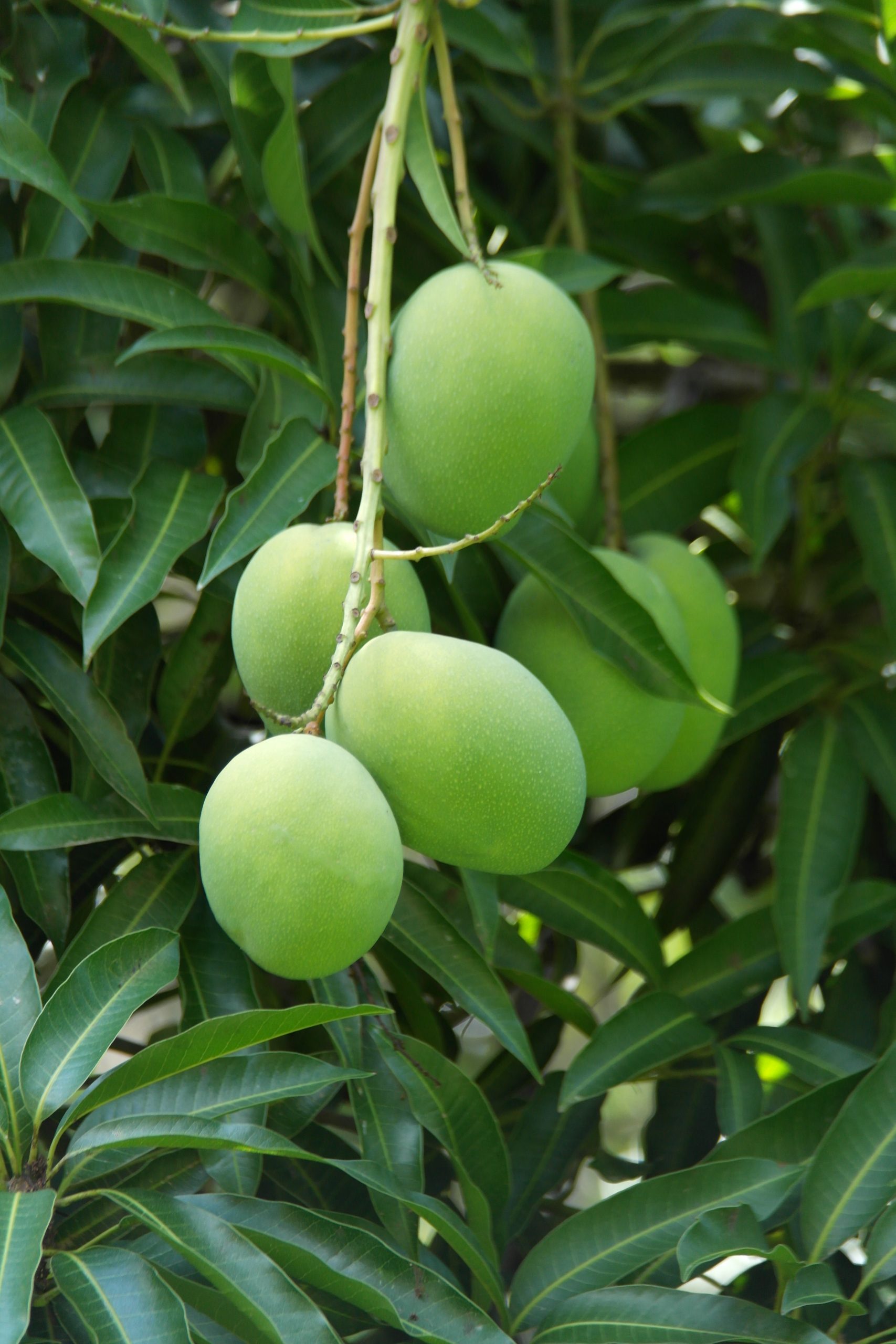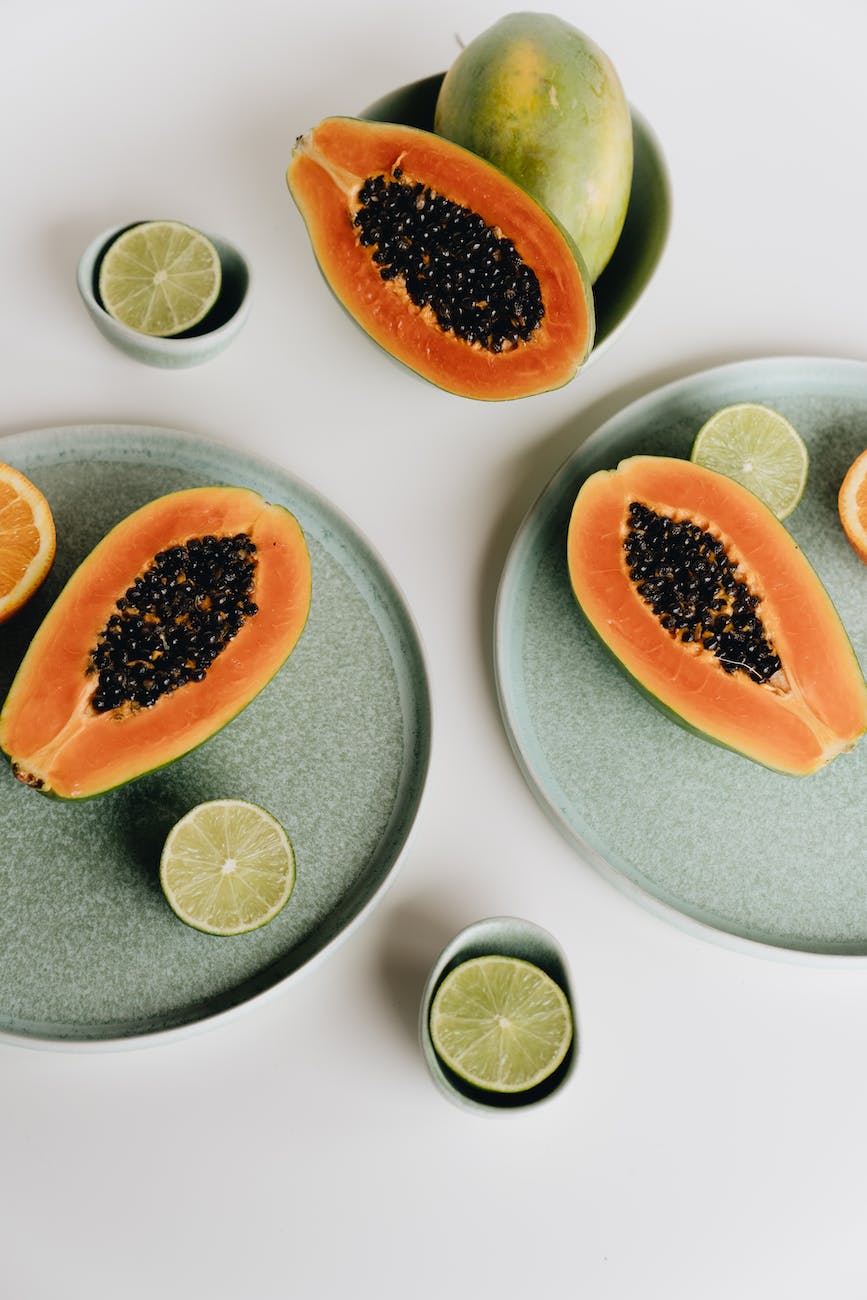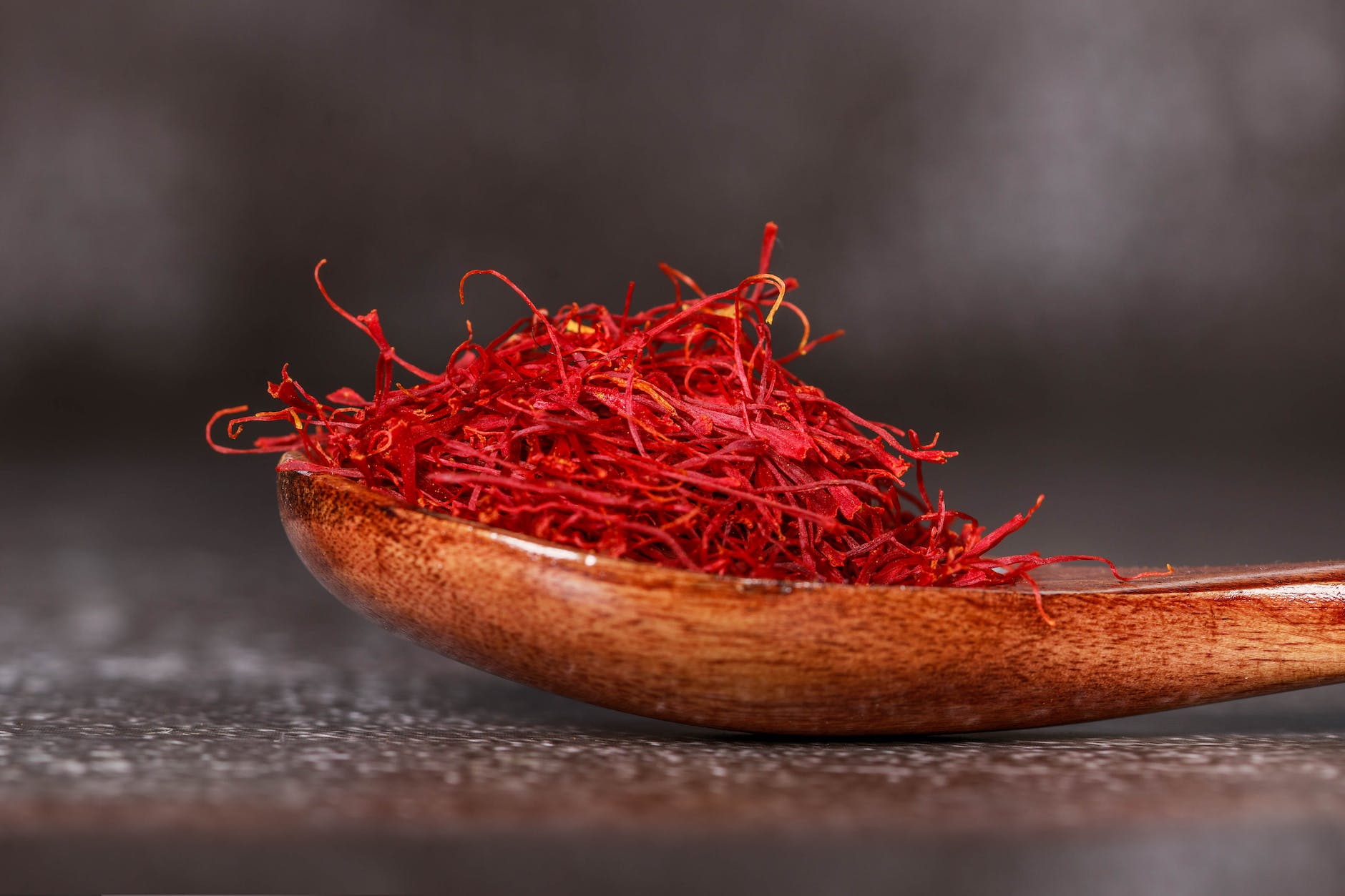
Introduction
In recent years, the practice of applying essential oils to the belly button has gained significant attention. Among the plethora of oils available, ginger oil stands out as a popular choice for this intriguing wellness routine. But what makes ginger oil so special, and can it really offer health benefits when applied to your navel? In this comprehensive guide, we delve into the science, the myths, and the how-tos of using ginger oil on your belly button.
1. The Significance of the Belly Button in Traditional Medicine
Historical Importance
The belly button, or navel, has long been considered a focal point for energy and health in various traditional medicine systems. In Ayurveda, the ancient Indian system of medicine, the navel is believed to be the body’s energy center, connected to various organs and vital systems.
Cultural Relevance
In Chinese medicine, the navel is often used as a point for acupuncture and moxibustion treatments. Similarly, in many indigenous cultures, the belly button is considered a sacred part of the body, symbolizing the connection to one’s ancestry and the universe.
Modern Interpretations
Today, the concept of the navel as a health focal point has been revisited through practices like “navel oiling” or “belly button therapy.” While scientific evidence is still limited, anecdotal reports suggest potential benefits ranging from improved digestion to reduced stress.
2. Why Ginger Oil?
Unique Properties
Ginger oil is extracted from the rhizome of the ginger plant and is rich in bioactive compounds like gingerol. These compounds give ginger oil its potent anti-inflammatory, antioxidant, and digestive properties.
Versatility
Ginger oil is incredibly versatile and is used for a variety of health and wellness applications. From aromatherapy to topical applications, its uses are wide-ranging. However, its potential benefits when applied to the navel are particularly intriguing.
Why It’s Suitable for Navel Application
- Anti-inflammatory: The anti-inflammatory properties of ginger oil may help alleviate conditions like bloating and abdominal discomfort.
- Digestive Aid: Ginger oil has been traditionally used to aid digestion, making it a popular choice for navel application to combat indigestion.
- Relaxation and Stress Relief: The calming effects of ginger oil could potentially be amplified when applied to the body’s energy center—the belly button.
3. Benefits of Applying Ginger Oil to the Belly Button
Digestive Health
Applying ginger oil to the belly button may help in improving digestion. The bioactive compounds in ginger oil can stimulate digestive enzymes, potentially aiding in the breakdown of food and absorption of nutrients.
Relaxation and Stress Relief
The navel is considered an energy center in traditional medicine. Applying ginger oil, known for its calming effects, may help in balancing the body’s energy, thereby reducing stress and promoting relaxation.
Pain and Discomfort
For those who experience menstrual cramps or general abdominal discomfort, applying ginger oil to the belly button may offer relief. Its anti-inflammatory properties can help in reducing inflammation and alleviating pain.
4. Myths and Misconceptions
The “Quick Fix” Myth
One of the most prevalent myths surrounding the use of ginger oil on the belly button is that it’s a “quick fix” for weight loss or “belly drainage.” While ginger oil does have properties that support digestion, there is no scientific evidence to support the claim that it can melt away belly fat overnight.
The “Miracle Cure” Misconception
Another misconception is that ginger oil can cure a range of ailments when applied to the navel. While it does offer certain health benefits, it’s crucial to approach this practice with realistic expectations and not as a substitute for medical treatment.
5. How to Safely Apply Ginger Oil to Your Belly Button
The Right Product
Before you begin, it’s crucial to choose a high-quality, pure ginger essential oil. Many products on the market may be diluted or mixed with other oils, so always check the label and opt for a reputable brand.
Dilution is Key
Never apply pure ginger essential oil directly to your skin, including the belly button. Essential oils are potent and can cause irritation or allergic reactions. Always dilute the ginger oil with a carrier oil like coconut oil, almond oil, or jojoba oil. A general guideline is to mix 2-3 drops of ginger oil with a teaspoon of carrier oil.
Step-by-Step Application
- Clean the Area: Before applying, ensure your belly button is clean. Gently wash with mild soap and water, then pat dry.
- Mix the Oils: In a small bowl, combine the ginger oil and carrier oil.
- Apply with Care: Using a cotton swab or your fingertip, gently apply the diluted ginger oil mixture to your belly button.
- Massage Gently: With a circular motion, massage the area around the belly button for a couple of minutes.
- Leave On: Allow the oil to absorb into the skin. There’s no need to wash it off immediately. If you’re applying it before bedtime, you can leave it on overnight.
Frequency
For best results, consider applying ginger oil to your belly button 2-3 times a week. However, always listen to your body. If you notice any discomfort or irritation, discontinue use.
6. Precautions and Potential Side Effects
Patch Test
Before you start regularly applying ginger oil to your belly button, conduct a patch test. Apply a small amount of the diluted oil to the inside of your wrist or elbow. Wait for 24 hours. If there’s no reaction, it’s likely safe for you to use.
Signs of Allergic Reactions
While ginger oil is generally safe for topical use, some individuals might be allergic. Signs of an allergic reaction include redness, itching, swelling, or a rash. If you notice any of these symptoms, wash the area immediately with cold water and discontinue use.
Pregnancy and Breastfeeding
If you’re pregnant or breastfeeding, consult with a healthcare professional before using ginger oil or any other essential oils.
7. Other Oils for the Belly Button: A Comparison
While ginger oil is gaining popularity for navel application, it’s not the only oil used for this purpose. Here’s a brief comparison:
- Mustard Oil: Traditionally used in many cultures for its warming properties. It’s believed to improve digestion and reduce pain.
- Coconut Oil: Known for its moisturizing properties, it’s often used to combat dryness and promote skin health.
- Neem Oil: With its antibacterial properties, neem oil is sometimes applied to the belly button to combat infections or fungal growth.
Also, read about Castor Oil in the Belly Button.
While each oil has its unique benefits, ginger oil stands out for its potential digestive and relaxation benefits.
8. FAQs
Q: How long before I see any benefits from applying ginger oil to my belly button?
A: The effects of ginger oil can vary from person to person. Some might feel immediate relaxation, while others might notice gradual improvements in digestion over weeks.
Q: Can I use ginger oil on my belly button every day?
A: While it’s generally safe for frequent use, it’s recommended to apply 2-3 times a week to avoid potential skin sensitivities.
Q: I have sensitive skin. Can I still use ginger oil?
A: Always conduct a patch test first. If you don’t notice any adverse reactions, you can proceed. However, always dilute the ginger oil with a carrier oil.
Q: Can children use ginger oil on their belly buttons?
A: Consult with a pediatrician before using any essential oils on children.
Conclusion
The practice of applying ginger oil to the belly button is rooted in ancient traditions and has found its way into modern wellness routines. While it’s not a magic cure-all, many find solace in its calming and therapeutic properties. As with any natural remedy, it’s essential to approach it with knowledge, understanding, and a touch of skepticism. Listen to your body, and choose what feels right for you.













